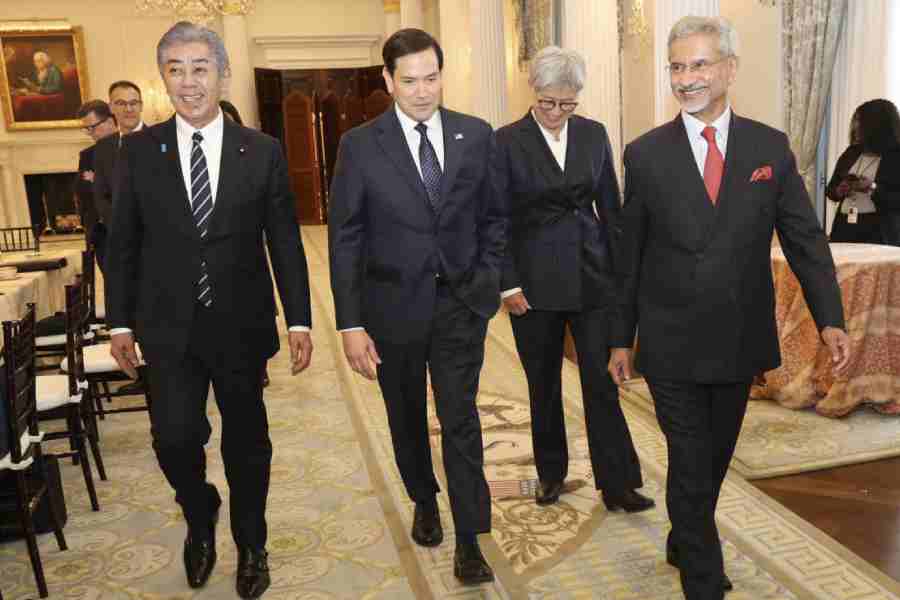A new study offers both hope and a subtle nudge to anyone who has slacked off on exercise in recent years. It finds that if people start to exercise in midlife, even if they have not worked out for years, they can rapidly gain most of the longevity benefits of working out. But the reverse is also true, the study finds. Stop exercising and those longevity benefits shrink or evaporate.
We already have plenty of evidence that exercise affects how long and well we live. Epidemiological studies yoke frequent exercise to prolonged life spans, underscoring that active people are much less likely than the inactive to die prematurely. But most of those studies have looked at people and their exercise habits only once in their lives, rarely delving into what happens as someone’s workout routine waxes or wanes across the decades.
So, for the new study, which was published in JAMA Network Open, researchers with the National Cancer Institute and other agencies turned to data from the NIH-AARP Diet and Health Study, which helpfully had long pried into how people occupy their leisure time.
The NIH-AARP Diet and Health study began in 1995, enrolling hundreds of thousands of men and women between 50 and 71 years old and asking them to complete a series of questionnaires about their health. One of these went into detail about the volunteers’ physical activities throughout their lives, asking them to recall how frequently they had walked, played sports, jogged or otherwise worked out. The questionnaire focused primarily on deliberate exercise, but also covered incidental physical activity like household chores or yardwork.
The questionnaire covered almost all points of the participants’ lives, asking about their teen years, then young adulthood from 19 to 29, fuller adulthood during their 30s and, finally, the past 10 years, when the volunteers would have been between 40 and 61.
In the new study, the researchers drew the records of replies for 3,15,059 of the men and women, most of whom had completed their questionnaires about 13 years before. They checked answers and categorised people according to their reported exercise habits and whether and how they had altered over the years. Some of the men and women said they had been unwavering in their workout routines, spending about as many — or few — hours exercising in midlife as when they had been teenagers. Others had been active when young but tailed off as adults, remaining mostly sedentary during middle age. And a few had exercised often as teenagers and young adults, slowed or stopped as adults, but returned to regular exercise later in life.
Finally, the researchers checked the National Death Index for deaths and their causes among the participants in the years since they had joined the health study and compared the risks of dying among the different groups. Not surprisingly, those who had been sedentary throughout their lives were the most likely now to have died, particularly from heart disease.
But those people who always had been active, exercising consistently for a few hours a week, were about 30 to 35 per cent less likely to have passed away from any cause and about 40 per cent less likely to have died of a heart attack than the consistently inactive people.
More buoying, people who had stopped exercising for a decade or two but begun again during their 40s or 50s, working out then for a few hours a week, shared the same relative protection against premature death as the people who always had exercised.
On the flip side, people who had been active and in shape as teenagers or young adults but sedentary in middle age seemed to lose any longevity benefits. They were as likely as the always-inactive group to have died.
Of course, this study relied on people’s recall of their past behaviour, which can be notoriously unreliable. It also is observational and can tell us that exercise in middle age is associated with a longer life, but not whether exercise causes us to live longer. Other factors are likely to be involved, including our diets, wealth, weight, general health and genes.











